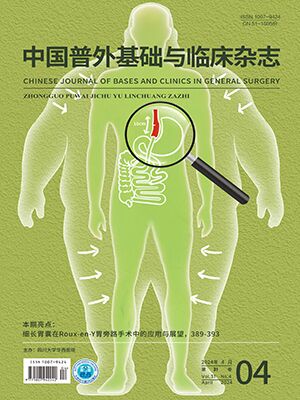Objective To detect the serum protein fingerprint in gastric cancer patients by using the surface-enhanced laser desorption-ionization time-of-flight mass spectrometry (SELDI-TOF-MS) and protein chip array technology, screen biomarker candites, build diagnostic models and evaluate its clinical significance. Methods The serum proteomic patterns were detected in 40 patients with gastric cancer, 20 patients with gastric ulcer and 20 healthy blood donors. The diagnostic models were developed and valited by discriminant analysis. Results The peak intensity of differential expression proteins was not found in healthy blood donors, and 1 case was found in patient with gastric ulcer (m/z: 5 910,4 095). The peak intensity of 5 329, 4 095, 5 910, 8 691 and 3 300 (m/z) proteins were significantly higher in 40 gastric cancer patients than those in 20 gastric ulcer patients and 20 healthy blood donors ( P <0.05). Three differential expression proteins were set up a diagnostic model together to diagnose gastric cancer. The diagnostic model made up of the differential expression proteins of 4 095, 5 910 and 8 691 had a sensitivity of 92.5% and a specificity of 97.5% . Conclusion Using SELDI-TOF-MS shows great potential to detect, and screen novel and better biomarkers for gastric cancer.
Citation: LIU Chun,XU Liang,HAN Haibin,YANG Jianbi,LUO Bing,PENG Chao.. Clinical Significance of Screening Serum Protein Fingerprint in Gastric Cancer. CHINESE JOURNAL OF BASES AND CLINICS IN GENERAL SURGERY, 2009, 16(1): 23-27. doi: Copy




